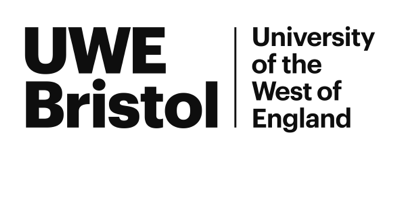The report, based on two major surveys and numerous interviews, is an overview of the history, evolution and current configuration of the film and television industries in the Bristol region, identified as an important ‘creative cluster’. It analyses in detail their social, cultural and economic significance and provides detailed evidence about the number of companies and their location, their size, number of employees and the six sub-clusters – natural history, animation, factual, post-production, corporate and facilities – which compose this sector.
It discusses the crucial role played by the BBC and its Natural History Unit, the success of Aardman Animations and the interconnections between the companies, which often share ‘untraded interdependencies’: ideas, knowledge, expertise and also, informally, freelance labour, rather than enter into formal business arrangements. It shows the importance of Bristol’s attractiveness as a location, socially, culturally and economically but also its disadvantages compared to London and the South-East.
The report shows the importance of media organisations in cementing relationships and in universities in providing a ‘talent pipeline’. It analyses the importance of freelancers but also shows the difficulties they face. The report also locates a lack of social and ethnic diversity in these industries in the Bristol region, which reflects the national picture. The report concludes with a series of eight recommendations to address the issues raised including the significant lack of a major drama production company.



